With our team of workplace wellness design experts, we understand the importance of creating intelligent office environments to support employee wellbeing and business performance. This article explores the intricate relationship between physical space and employee wellbeing, serving as a guide for office interior design ideas.
Why employee wellbeing matters more than ever
In today’s fast-paced and competitive landscape, organisations recognise that the wellbeing of their employees is crucial to their success. Here’s why office design for employee wellbeing is a key topic:
- Increased productivity: When employees are physically and mentally healthy, they can perform at their best, resulting in higher productivity levels and quality of work.
- Enhanced engagement: Wellbeing initiatives show that a company cares about its employees, encouraging loyalty, commitment and engagement.
- Reduced absenteeism and turnover: By prioritising employee wellbeing, companies can decrease absenteeism and turnover rates, saving on recruitment and training costs.
- Improved morale and teamwork: Employees who feel valued and supported are more likely to collaborate effectively, boosting morale and creating a positive work environment.
The power of workplace design
A well-designed modern office space can have a profound impact on employee wellbeing. Here are some key ways office design layout can contribute to a healthier and happier workforce:
Natural light and biophilic design
- Incorporating large windows and atria to maximise natural light exposure.
- Positioning workstations near windows to allow access to daylight.
- Balancing natural light with adjustable lighting for different moods, settings and times of day.
- Introducing indoor plants and greenery into an office design layout helps create a calming atmosphere.
- Creating outdoor spaces or gardens where employees can take breaks and reconnect with nature.
Ergonomic furniture and layout
- Providing adjustable desks and chairs to support good posture and prevent discomfort enhances the employee experience.
- Designing the office space with ergonomic accessories such as keyboard trays and monitor stands.
- Incorporating sit-stand workstations to promote movement.
- Ensuring proper spacing and layout to avoid overcrowding and enable smooth circulation.
As workplace designers, we’re dedicated to creating employee-centric modern offices that prioritise wellbeing, productivity and innovation. With our deep expertise and passion for creating transformative office environments, here’s how we can support your organisation:
Customised approach to office wellbeing
-
- We understand that every organisation is unique, with its own culture, goals and challenges. Our team works closely with you to develop a customised approach tailored to your needs.
- Through in-depth analysis, we gain insights into your business objectives, employee preferences and work processes, ensuring that our design solutions align with your goals and enhance employee wellbeing.
Integrated employee experience
-
- We understand that workplace design goes beyond physical spaces. We aim to create an ecosystem that nurtures the wellbeing of your employees through office design and build.
- From designing areas for relaxation and socialising to incorporating wellness initiatives, we strive to create work environments where employees can thrive, be inspired and feel supported.
Global expertise and local insight
-
- With global presence and extensive experience in diverse industries, M Moser brings a breadth of knowledge and insights to every project.
- We combine our global expertise with a deep understanding of local cultures, regulations and best practices, ensuring our design solutions are tailored to your location.
The impact of office design on employee wellbeing is undeniable. Creating an environment that nurtures physical health, mental wellbeing and sparks innovation is pivotal to a thriving workforce.
As workplace wellness and design experts, we combine a comprehensive approach with plenty of office design ideas and solutions. We can help ensure your space supports wellbeing and engagement while driving productivity. For more information, please contact our team.










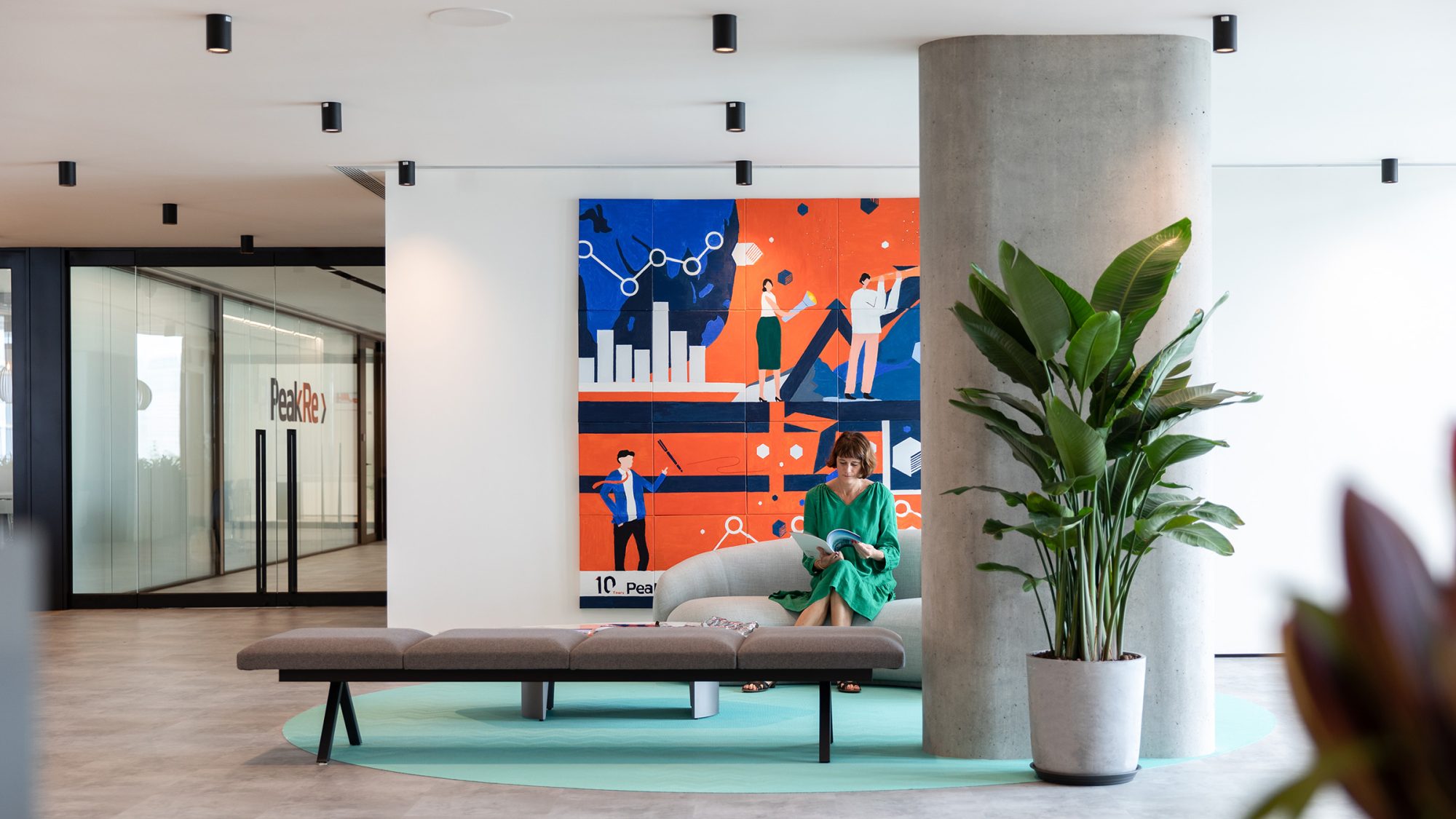 Peak Re, Hong Kong
Peak Re, Hong Kong 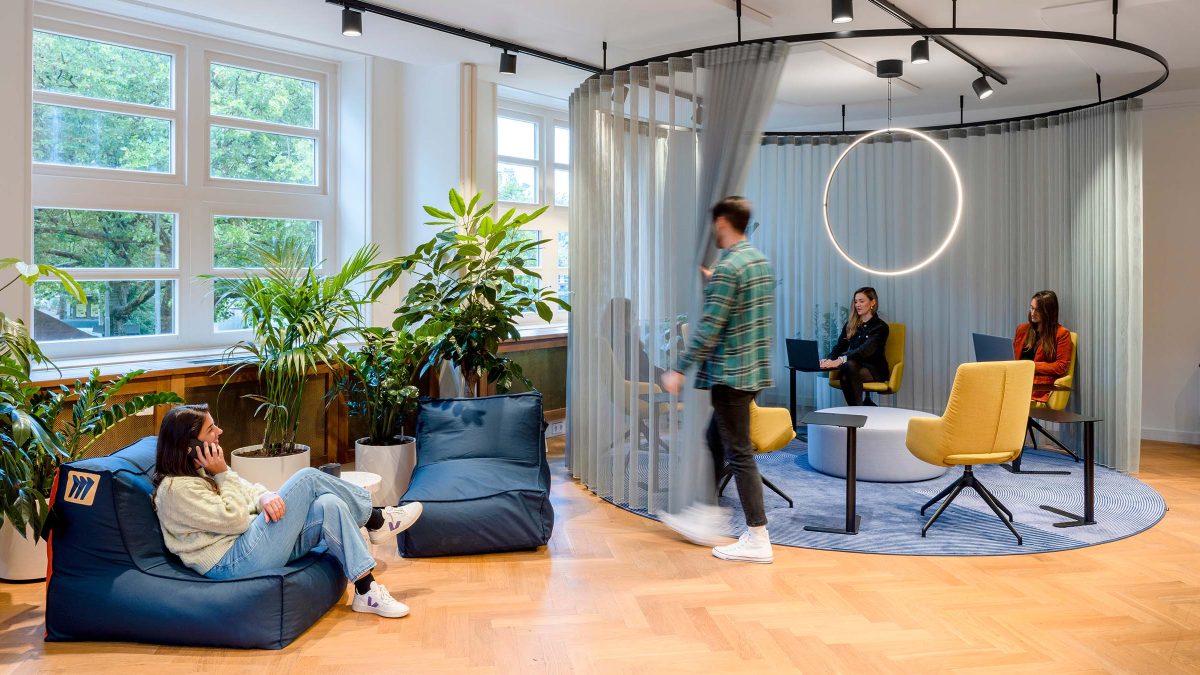 Miro, Amsterdam
Miro, Amsterdam 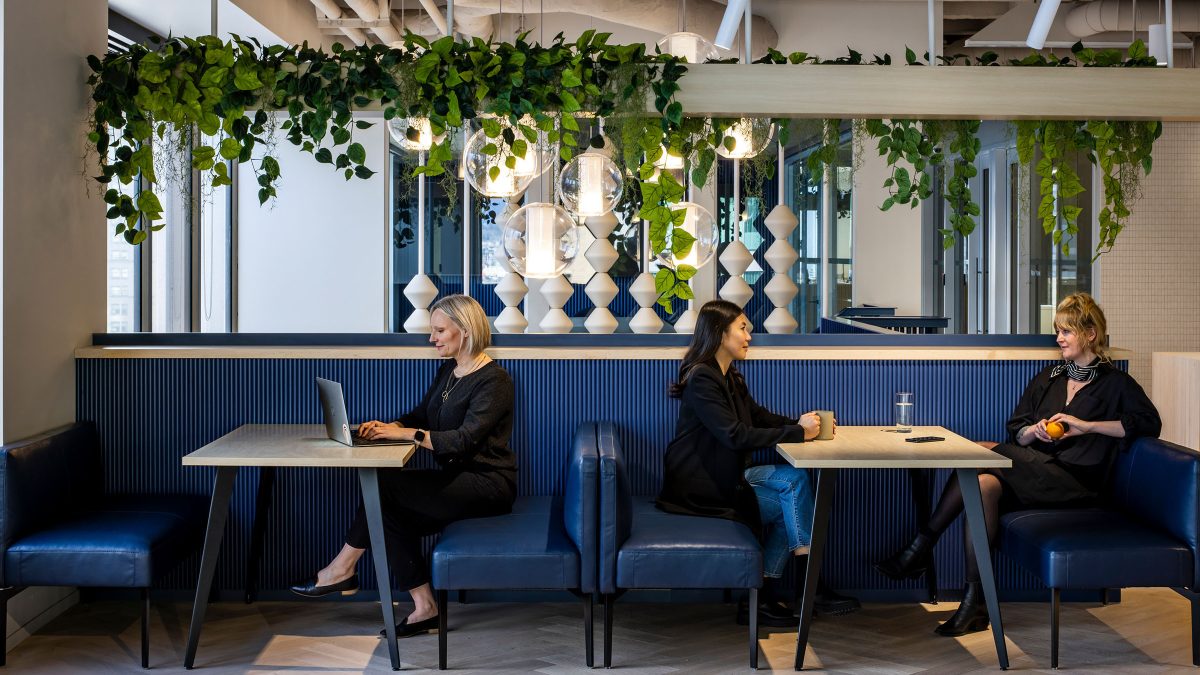 Tipalti, Vancouver
Tipalti, Vancouver 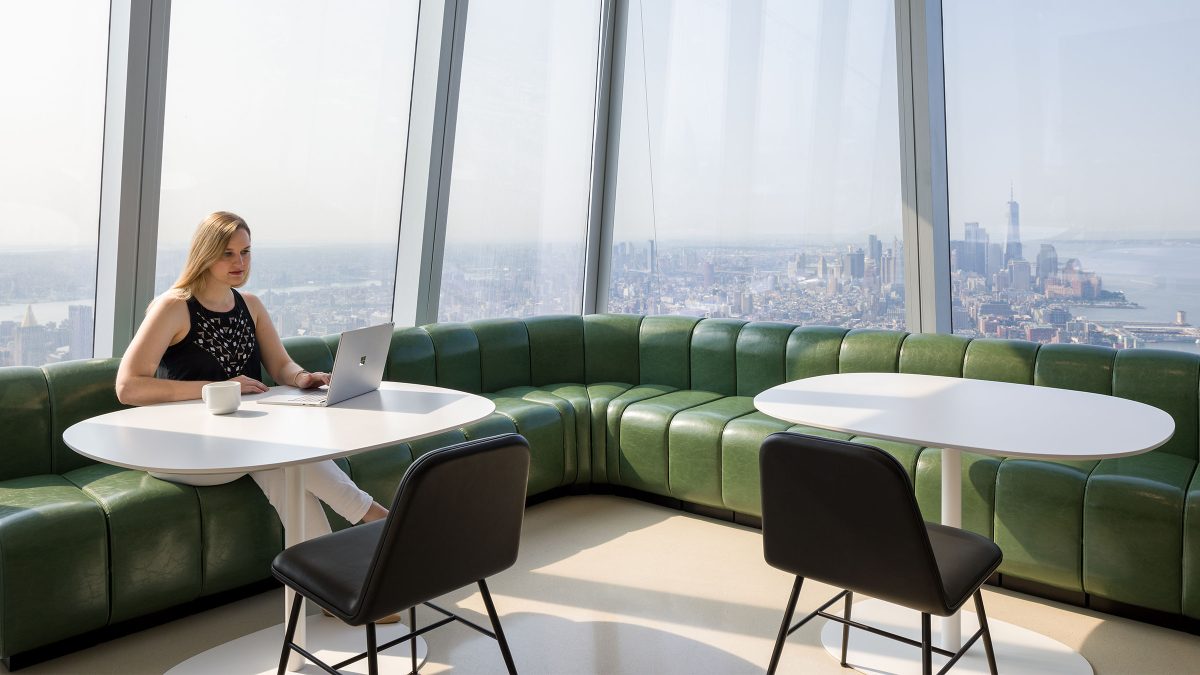 DNB, New York
DNB, New York 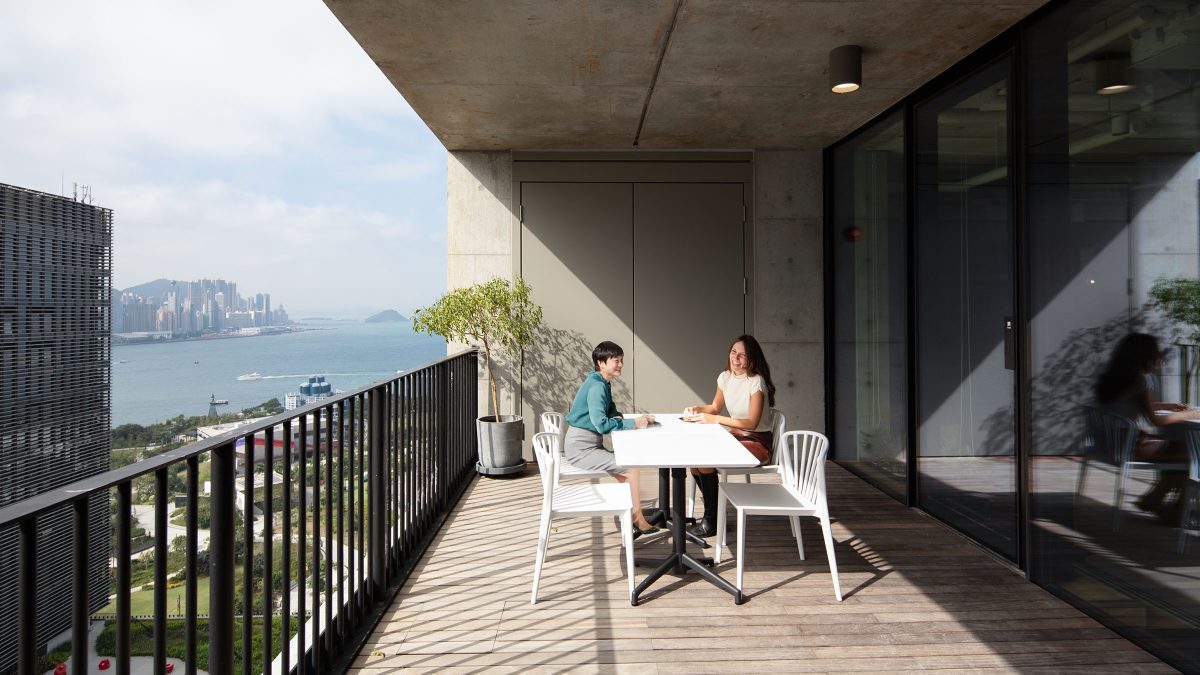 Peak Re, Hong Kong
Peak Re, Hong Kong 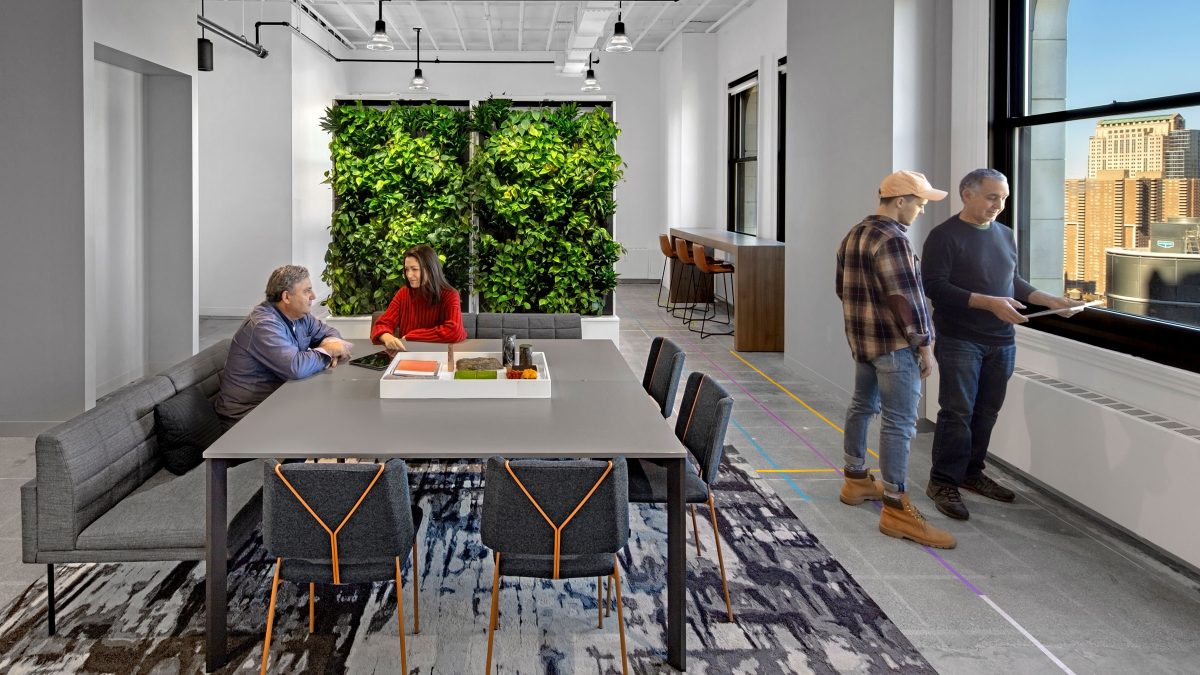 M Moser, New York
M Moser, New York